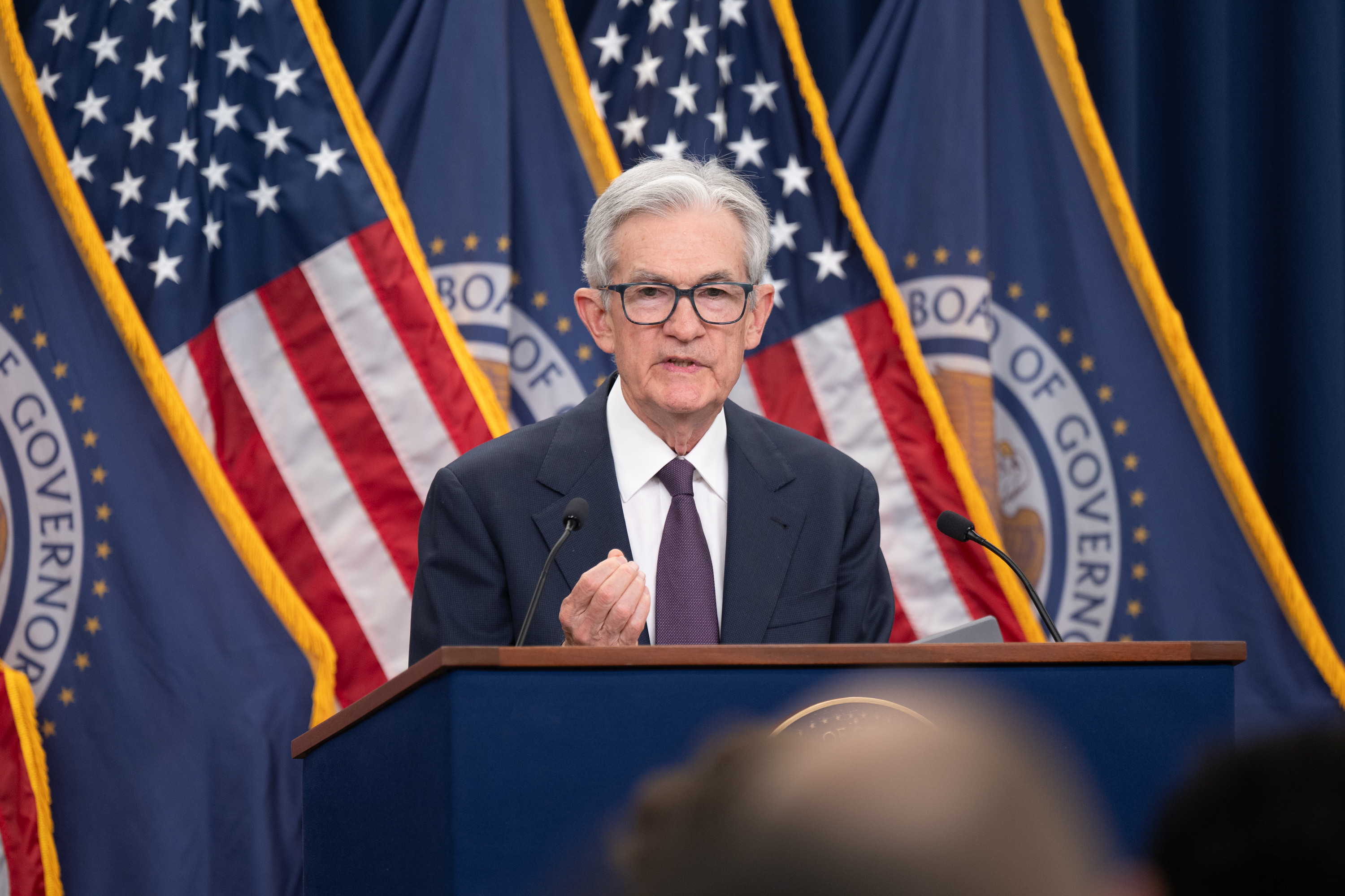The government shutdown is in its fourth week as I write this article -- and it's now the second-longest such shutdown in American history. Plenty of people have been suffering throughout the first three weeks, not receiving their paychecks, the government services they needed, or, in some cases, both. About 900,000 federal workers have been furloughed.
A government shutdown is a big deal, so you might expect that the stock market would be freaking out over it. That hasn't been the case, though, so far. The market, as measured by the benchmark S&P 500 index, has oscillated somewhat since the start of the shutdown on Oct. 1, dropping by a couple of percent at times, but as of the close of trading on Thursday, it was more or less flat for the period.
What might be next for the stock market? Here are some thoughts.

Image source: Getty Images.
Past shutdowns
According to the Motley Fool's research into shutdowns and the stock market, there isn't a clear pattern for how the stock market performs during a shutdown. There have been more than 20 federal shutdowns and funding gaps from 1976 to 2020, and while they were ongoing, the market has experienced everything from a 4.4% loss to a 10.3% gain. Most shutdowns after 1990 did feature gains, though.
Here's how the stock market behaved after some past shutdowns, per data from CNBC.com and Morningstar:
- After the longest shutdown ever, which lasted from Dec. 22, 2018, to Jan. 25, 2019 -- also during a Donald Trump presidency -- the S&P 500 index of 500 of America's biggest companies gained 18% in the first 100 days post-shutdown. Even more impressive, it was up by 36% a year afterward. (That shutdown had largely been caused by congressional disagreements over funding a border wall and protecting Dreamers.)
- After the third-longest shutdown, from Dec. 16, 1995, to Jan. 6, 1996, the stock market gained 6.2% in the first 100 days afterward, and 26% in the first year. (That shutdown occurred after President Bill Clinton vetoed a Republican budget.)
Those numbers certainly give us an idea of how the stock market might react once this shutdown ends. That's not always how it works, though: A year after the end of the three-day Trump shutdown in January 2018, the S&P 500 was down 3%, and following a four-day shutdown in November 1981, the S&P 500 dropped by 5.5% in the next 100 days.
For context, remember that the S&P 500's average annualized returns have been close to 10% over many decades.
Other considerations
It's worth keeping in mind that this current shutdown is happening in an environment of high tariffs coming and going, and general worries about inflation and the job market. Every shutdown has its own circumstances, and Trump's disruptions of many established U.S. trade arrangements have some investors worried.
That said, it looks like interest rates will keep falling for a while, which tends to be good for the stock market, as it makes borrowing easier for companies -- not to mention individuals.
The bottom line is that while history suggests that the stock market might be just fine once this shutdown is over, there are no guarantees. No one really knows, and history has also shown us that the stock market can be volatile.





